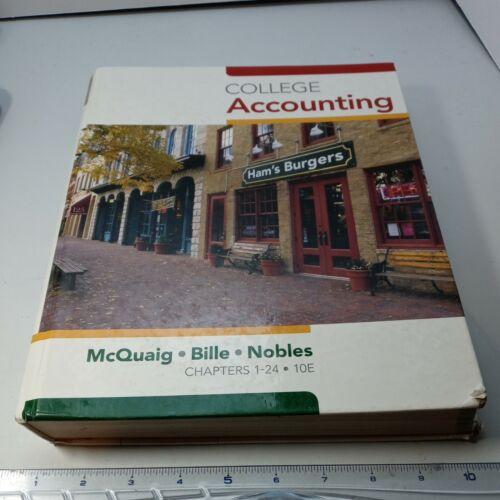Mercer Asbestos Removal Company removes potentially toxic asbestos insulation from buildings. There has been a long-simmering dispute between the company's estimator and the work supervisors. The on-site supervisors claim the estimators do not adequately distinguish between routine work, such as removing asbestos insulation around heating pipes in older homes, and nonroutine work, such as removing asbestos-contaminated celling plaster in industrial buildings. The on-site supervisors belleve nonroutine work is far more expensive than routine work and should bear higher customer charges. The estimator sums up his position in this way. "My job is to measure the area to be deared of asbestos. As directed by top management, I simply multiply the square footage by $250 to determine the bid price. Because our average cost is only $2175 per square foot, that leaves enough cushion to take care of the additional costs of nonroutine work. Besides, it is difficult to know what is routine or not routine until you actually start tearing things apart: To shed light on this controversy, the company gathered the following activity-based costing data: Note: The 100 nontoutine jobs are included in the total of 500 jobs. Both nonroutine jobs and routine jobs require estimating and setup. Note: The 100 nonroutine jobs are included in the total of 500 jobs. Both nonroutine jobs and routine jobs require estimating and setup. Required: 1. Perform the first-stage allocation of costs to the activity cost pools. 2 Compute the activity rates for the activity cost pools. 3. Calculate the total cost and the average cost per thousand square feet of each of the following jobs according to the activity-based costing system. a. A routine 1,000-square-foot asbestos removal job. b. A routine 2.000 -square-foot asbestos removal job. c. A nonroutine 2,000-square-foot asbestos removal job. 1. Perform the first-stage allocation of costs to the activity cost pools. 2. Compute the activity rates for the activity cost pools. 3. Calculate the total cost and the average cost per thousand square feet of each of the following jobs according to the activity-based costing system. a. A routine 1,000-square-foot asbestos removal job. b. A routine 2,000-square-foot asbestos removal job. c. A nonroutine 2.000-square-foot asbestos removal job Complete this question by entering your answers in the tabs below. Perform the first-stage allocation of costs to the activity cost pools. 1. Perform the first-stage allocation of costs to the activity cost pools. 2. Compute the activity rates for the activity cost pools 3. Calculate the total cost and the average cost per thousand square feet of each of the following jobs according to the activity-based costing system. a. A routine 1,000 -square-foot asbestos removal job. b. A routine 2,000-square-foot asbestos removal job. c. A nonroutine 2,000-square-foot asbestos removal job. Complete this question by entering your answers in the tabs below. Compute the activity rates for the activity cost pools. 1. Perform the first-stage allocation of costs to the activity cost pools. 2 Compute the activity rates for the activity cost pools. 3 Calcutate the total cost and the average cost per thousand square feet of each of the following jobs according to the activity-based costing system. a. A routine 1,000-square-foot asbestos removal job. b. A routine 2000 -square-foot asbestos removal job. c. A nonroutine 2.000-square-foot asbestos removal job. Complete this question by entering your answers in the tabs below. Calculate the total cost and the average cost per thousand square feet of each of the following jobs according to the activity. based costing system. Note: Pound the "Average Cost per thousand square feet" to 2 decimal places. B. A routine 1,000 square foot asbestos removal job. b. A routine 2,000-square-foot asbestos removal job. c. A nonroutine 2,000-square-foot asbestos removal job











